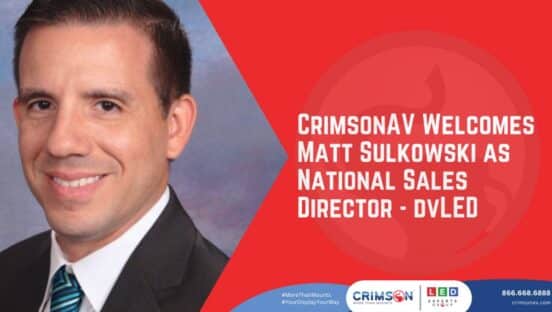Health advocates see an encouraging trend in the fight against obesity and diet-related disease: Americans are drinking less soda pop. Per capita consumption of carbonated soft drinks has declined for 11 straight years, according to data from Beverage Marketing Corporation. Per capita consumption of sugary soft drinks is 22 percent below its peak in 1998, according to the trade publication Beverage Digest and calculations by the Center for Science in the Public Interest.
To be sure, even with the declines in consumption in recent years, Coca-Cola, PepsiCo, Dr. Pepper Snapple, and other companies produced 9.4 billion cases of sugary soda and energy drinks in 2009. At the 1998 peak, when CSPI first published its Liquid Candy report, companies were producing 638 8-ounce servings of non-diet soft drinks per person. By 2009, that figure was down to 543 8-ounce servings. Still, that’s about 140 empty calories a day, for every man, woman, and child in the United States.
“The recognition that soda pop promotes weight gain and disease is gaining traction, contributing to the steady decline in soda consumption,” says CSPI executive director Michael F. Jacobson. “Ten years from now, it would be great to see that Americans are drinking a can and a half a week, instead of a can and a half a day.”
Besides concern over obesity, Jacobson says that the growing popularity of bottled water, the low-carb Atkins and South Beach diets, bans on soft drinks in schools, and rising unemployment rates are all partly responsible for the decline in soda consumption.
According the United States Department of Agriculture and Beverage Digest, the proportion of carbonated soft drinks that are non-caloric diet drinks increased from 23 percent to 30 percent between 1998 and 2009.
CSPI and other health advocates are urging state legislators to increase soda taxes where they already exist, or to institute them for the first time. A state such as California, which already imposes a small sales tax on soft drinks, could raise nearly $2 billion each year if the state added a penny-per-ounce excise tax on soda. The state could put some of that money toward the state’s share of the $10 billion in medical expenses incurred each year by obese Californians. The revenues could also fund programs to encourage healthy eating and physical activity, such as media campaigns to discourage the consumption of sugary beverages.
“Reasonable taxes could help drive down consumption a bit more, particularly among children,” Jacobson says. “And if those taxes could fund hard-hitting media campaigns, like the one being run in New York City, that’s even better. The goal should be to restore sugary soda to what it once was—an occasional treat in a reasonable portion, not the every-day super-sized tub.”
Another policy approach would be to require health notices on soft-drink containers, something that in 2005 CSPI petitioned the Food and Drug Administration to do. CSPI proposed “The U.S. Government recommends that you drink less (non-diet) soda to help prevent weight gain, tooth decay, and other health problems,” as one such notice. The FDA hasn’t yet acted on that proposal.

